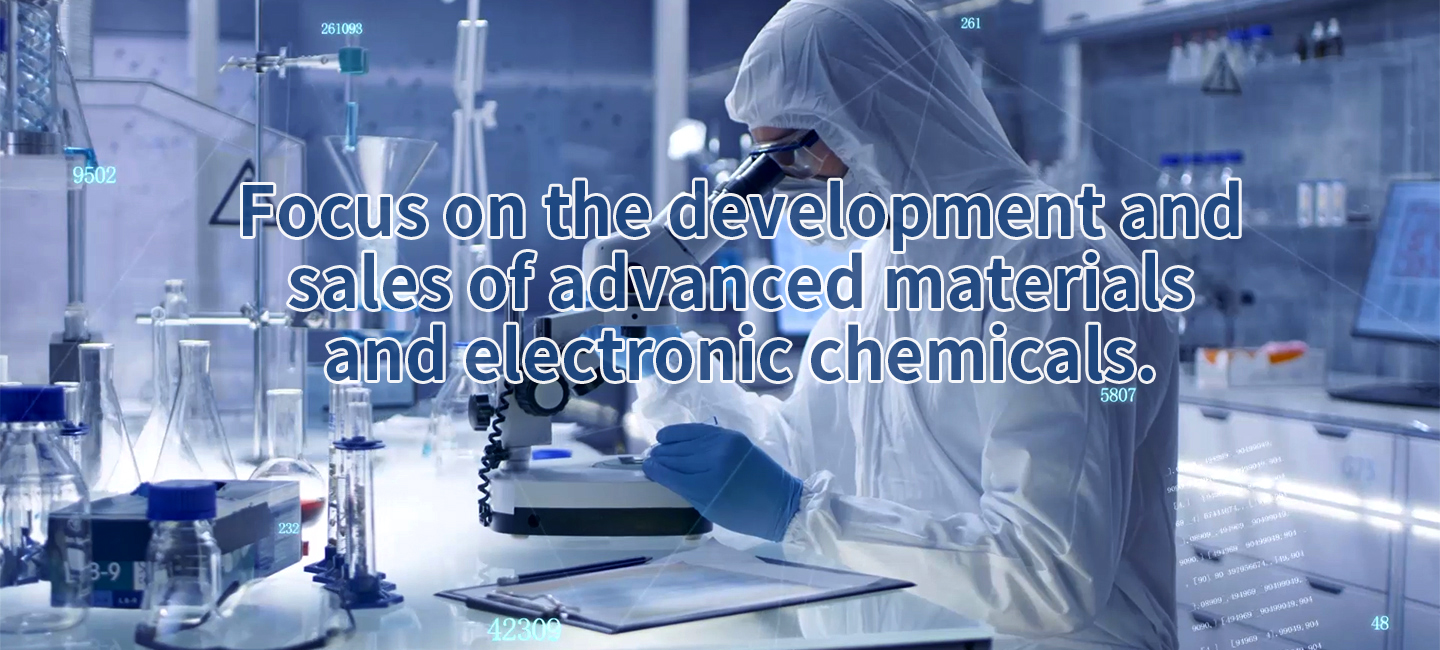Overview of Semiconductor Solvents
Semiconductor solvents are essential chemicals used in the manufacturing and processing of semiconductor devices. They play a crucial role in various stages of semiconductor fabrication, including cleaning, photoresist removal, and surface preparation. The purity and effectiveness of these solvents directly impact the quality and performance of semiconductor products.
Types of Semiconductor Solvents
Semiconductor solvents can be categorized based on their applications and chemical properties:
1. Cleaning Solvents
Cleaning solvents are used to remove contaminants from silicon wafers and other surfaces before and during the fabrication process. Common cleaning solvents include:
- Isopropyl Alcohol (IPA): Widely used for cleaning and rinsing wafers due to its effectiveness in removing organic residues.
- Acetone: A strong solvent used for cleaning and degreasing surfaces, particularly effective in removing photoresist materials.
- Deionized Water: Often used in combination with other solvents for rinsing and cleaning applications.
2. Photoresist Strippers
Photoresist strippers are specialized solvents designed to remove photoresist materials after the lithography process. Key examples include:
- N-Methyl-2-pyrrolidone (NMP): A highly effective solvent for stripping photoresists, known for its ability to dissolve a wide range of organic materials.
- Dimethyl Sulfoxide (DMSO): Used as a photoresist stripper, particularly in applications requiring high-temperature resistance.
- Alkaline Strippers: These are aqueous solutions that can effectively remove positive photoresists.
3. Etching Solvents
Etching solvents are used in the etching process to selectively remove material from the wafer surface. Examples include:
- Hydrochloric Acid (HCl): Often used in wet etching processes to remove silicon dioxide layers.
- Hydrogen Peroxide (H2O2): Used in combination with other chemicals for etching applications.
4. Specialty Solvents
Specialty solvents are formulated for specific applications within semiconductor manufacturing:
- Solvent Blends: Custom blends of solvents tailored for particular cleaning or processing needs.
- High-Purity Solvents: Solvents that meet stringent purity requirements for critical processes, ensuring minimal contamination.
Applications of Semiconductor Solvents
Semiconductor solvents are utilized in various stages of semiconductor device fabrication:
1. Wafer Cleaning
Cleaning is a critical step in semiconductor manufacturing, where wafers must be free from contaminants such as dust, oils, and residues before further processing. Solvents like IPA and acetone are commonly employed to ensure a clean surface.
2. Photoresist Application and Removal
During photolithography, photoresists are applied to the wafer surface to create patterns. After exposure and development, solvents like NMP or alkaline strippers are used to remove the photoresist without damaging the underlying material.
3. Surface Preparation
Before processes such as deposition or etching, surfaces must be prepared to ensure proper adhesion and performance. Cleaning solvents help achieve the necessary surface conditions.
4. Etching Processes
In both wet and dry etching processes, specialized solvents are used to selectively remove layers from the wafer, allowing for the creation of intricate patterns required for electronic components.
Market Trends
The market for semiconductor solvents is experiencing growth driven by several factors:
1. Increasing Demand for Semiconductors
The rising demand for electronic devices, including smartphones, computers, and automotive electronics, is driving the need for efficient semiconductor manufacturing processes.
2. Technological Advancements
Advancements in semiconductor technology require higher purity solvents and more effective cleaning solutions to meet stringent manufacturing standards.
3. Environmental Regulations
As environmental concerns grow, there is an increasing focus on developing eco-friendly solvents that minimize environmental impact while maintaining performance.
Conclusion
Semiconductor solvents are vital components in the fabrication of semiconductor devices, playing essential roles in cleaning, photoresist removal, and surface preparation. The effectiveness and purity of these solvents directly influence the quality of semiconductor products. As technology continues to advance and demand increases, the importance of high-quality semiconductor solvents will remain paramount in ensuring efficient manufacturing processes.
